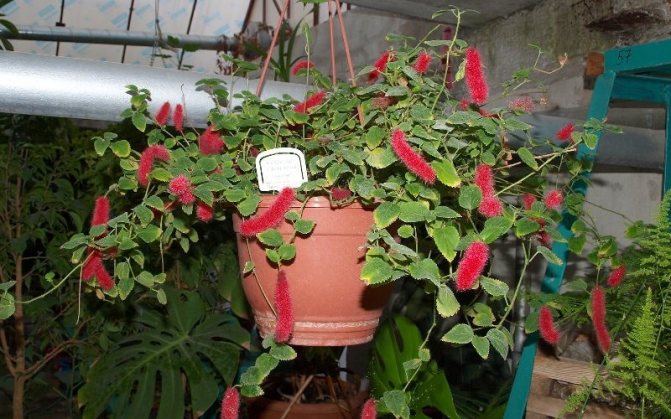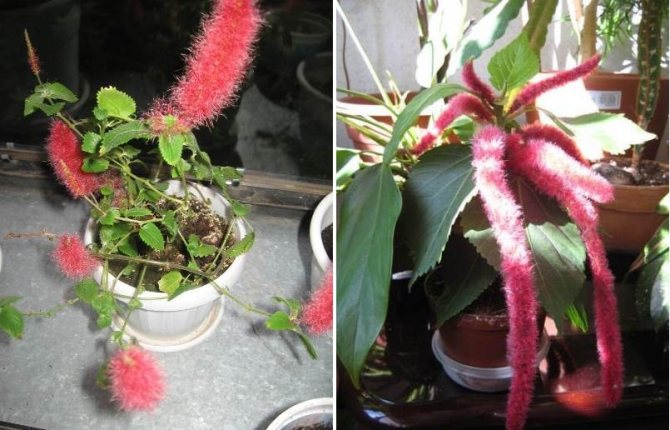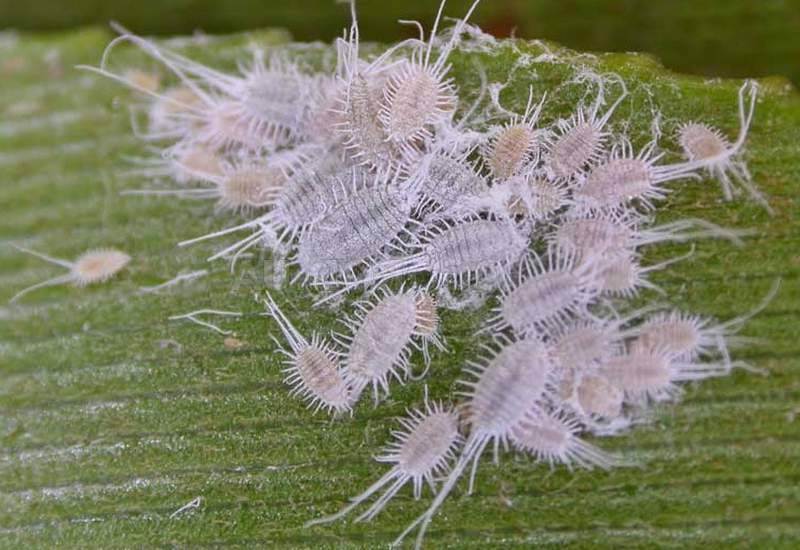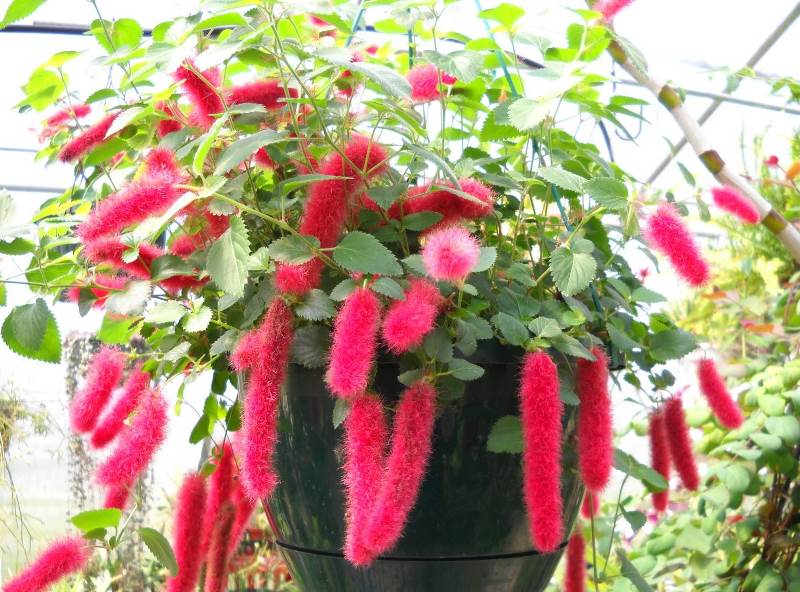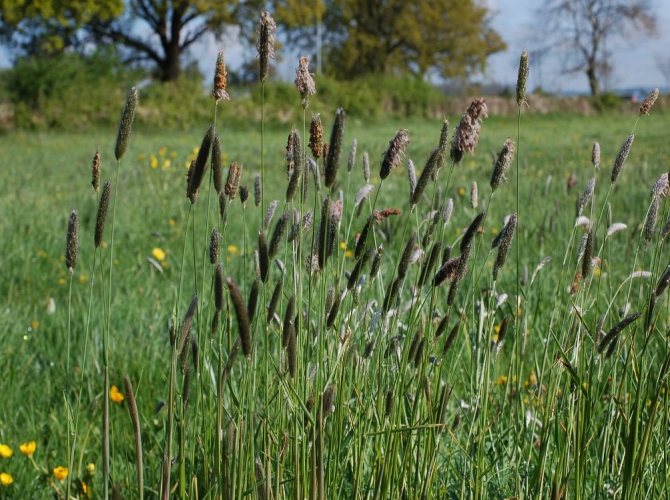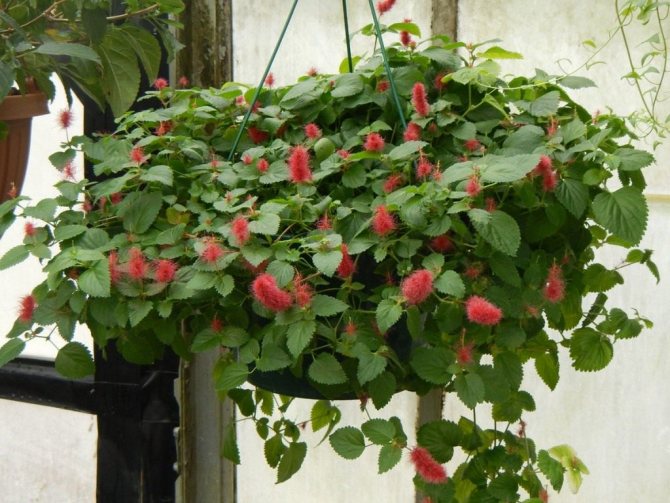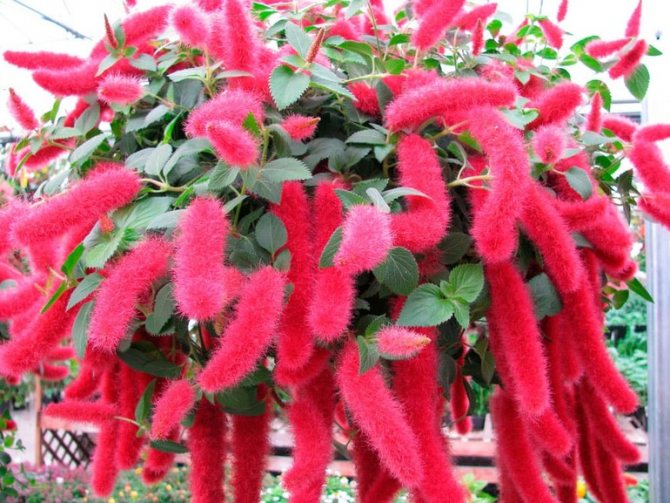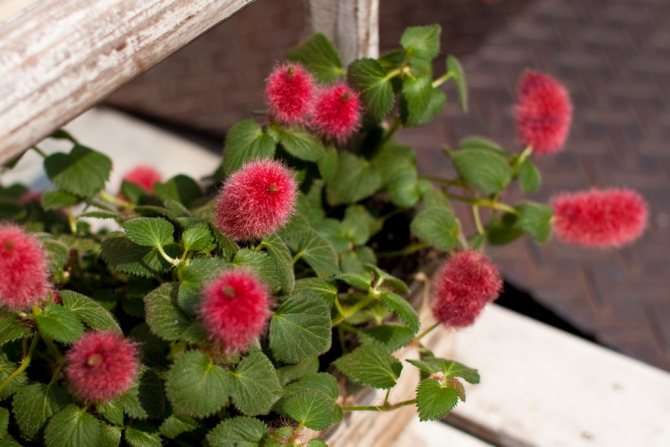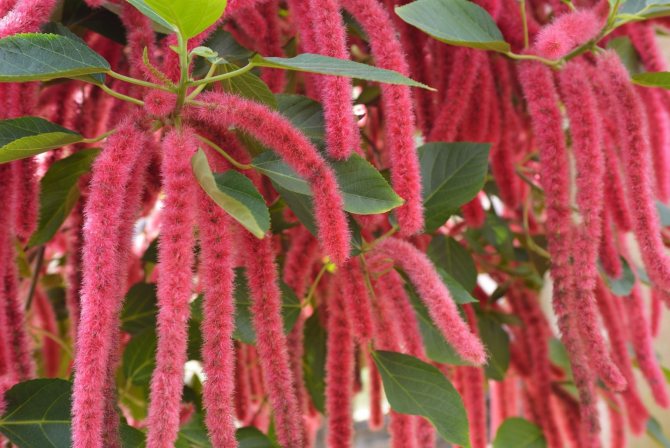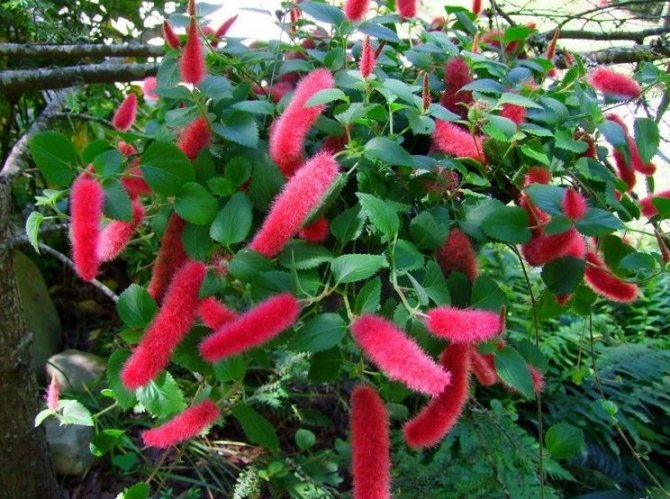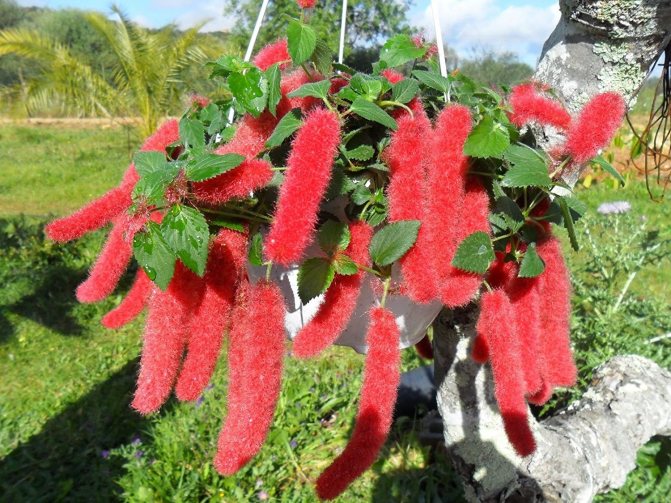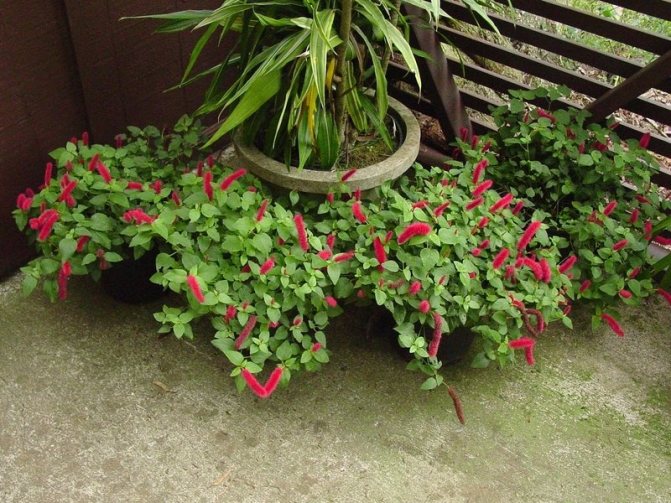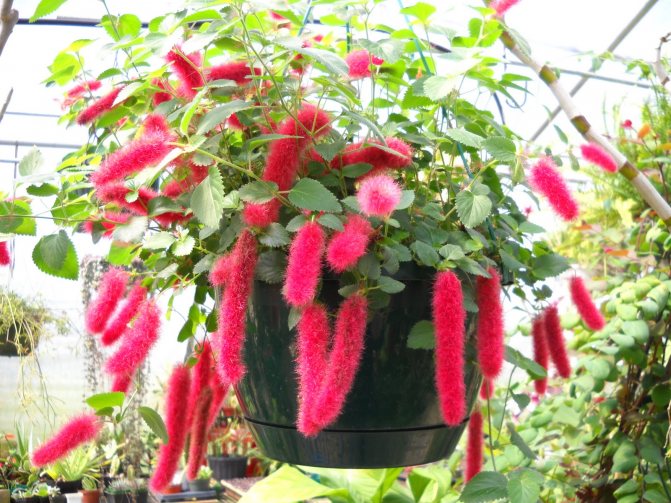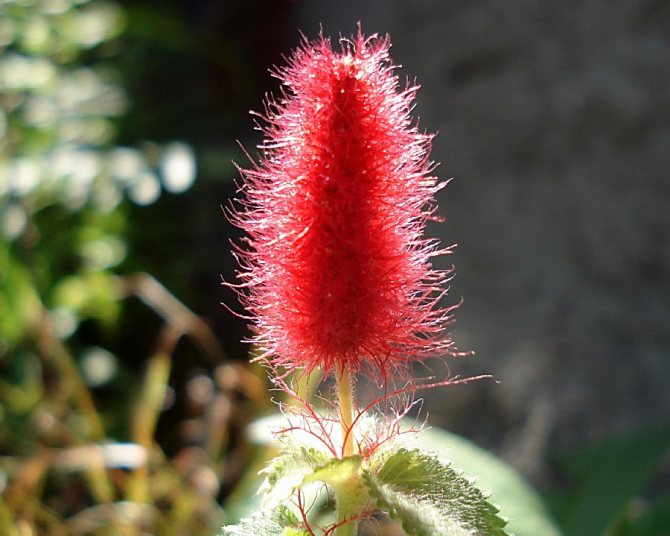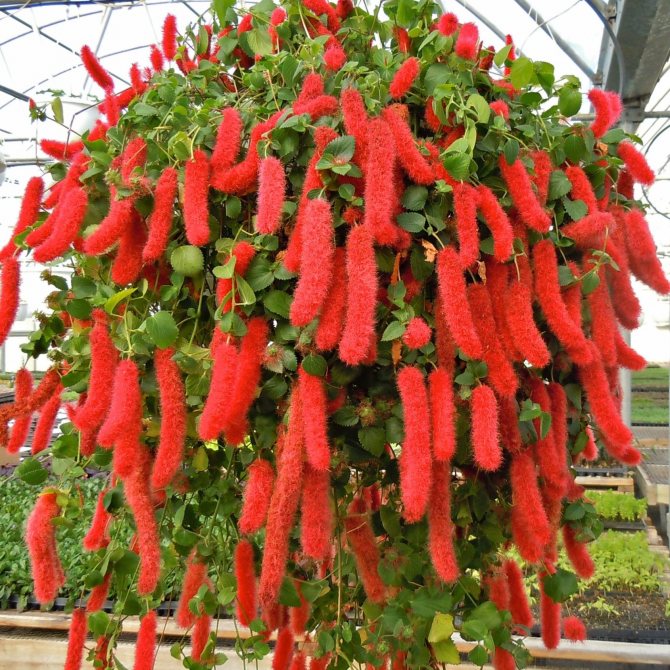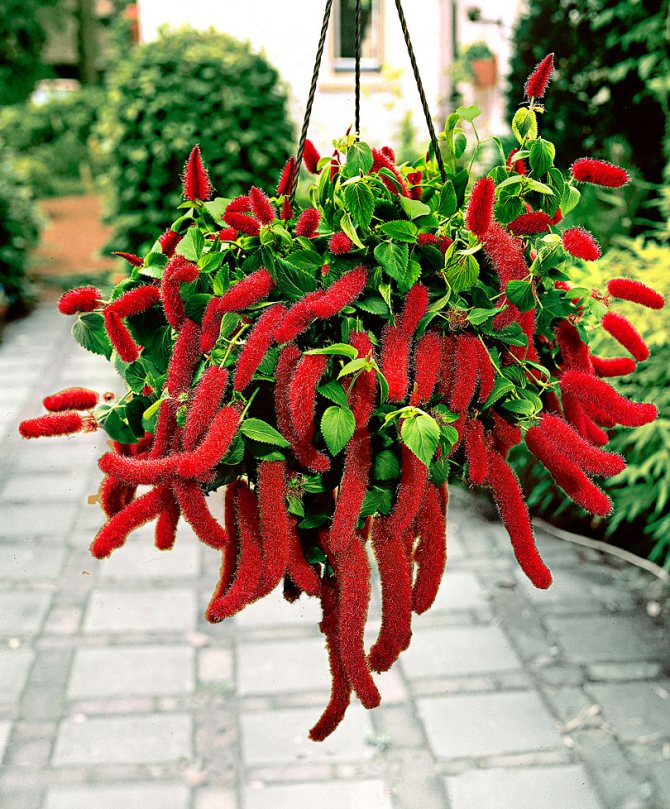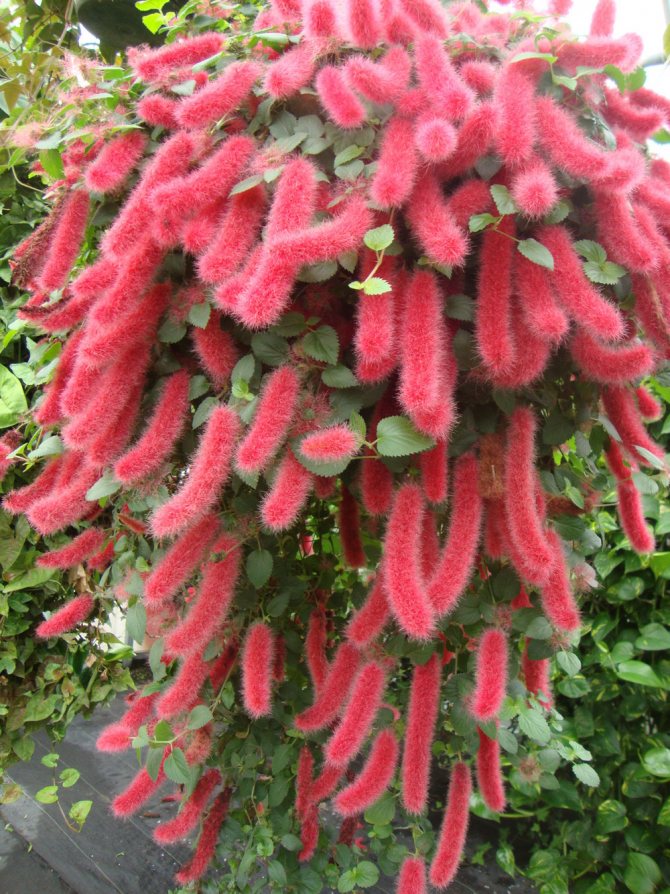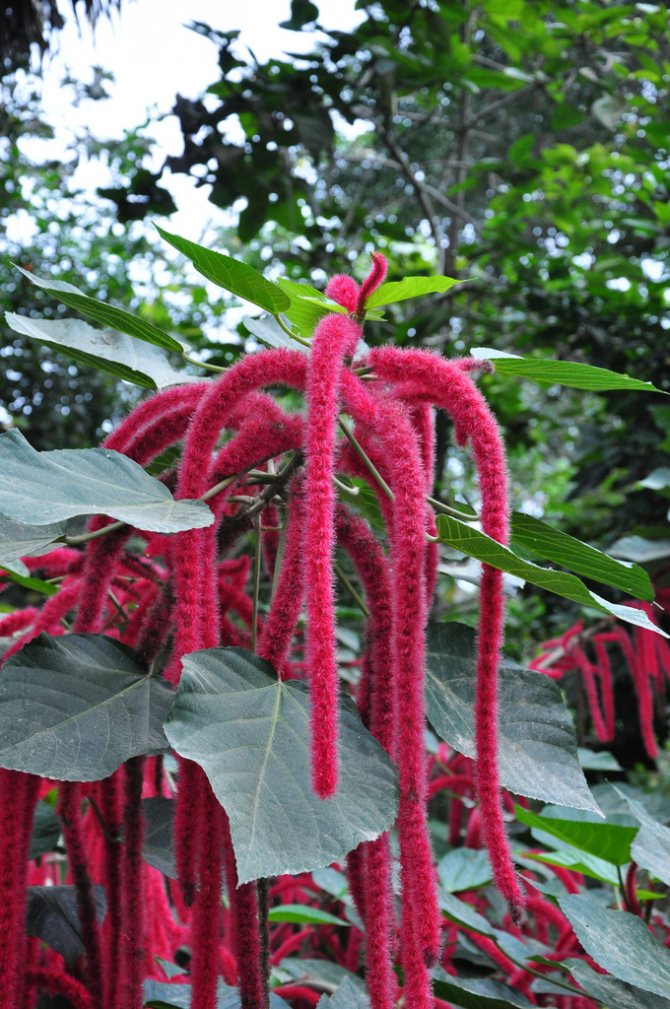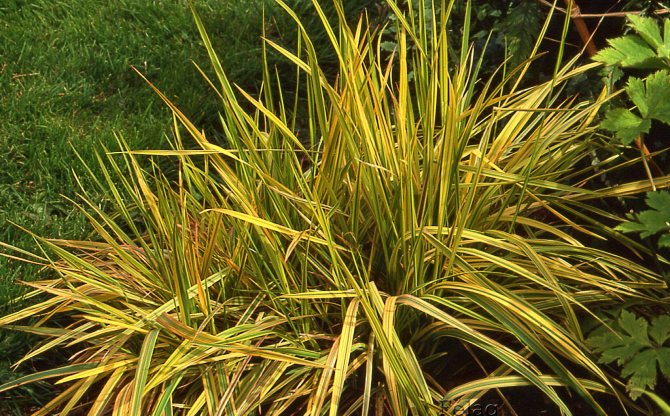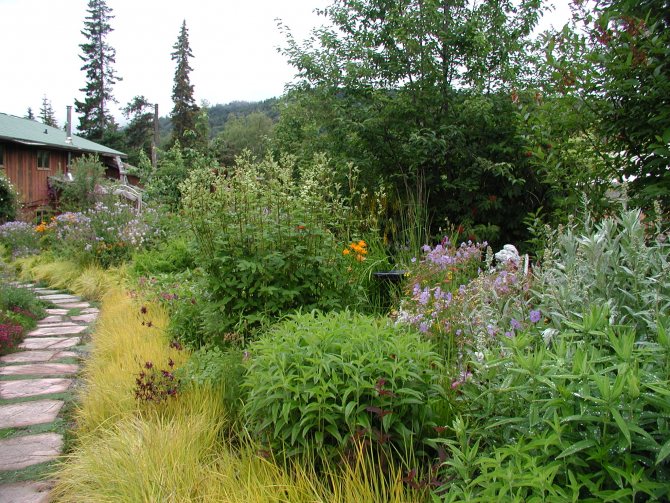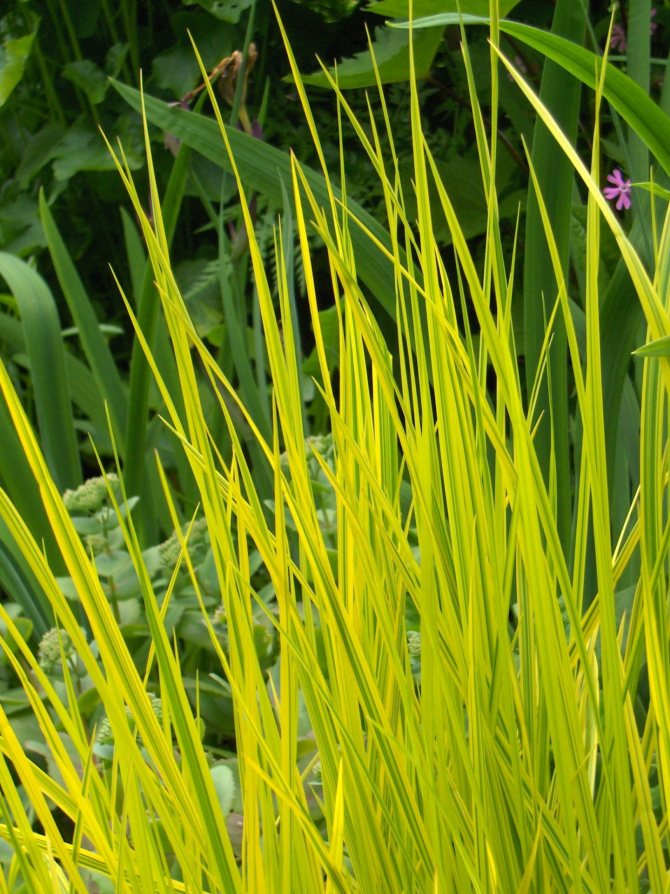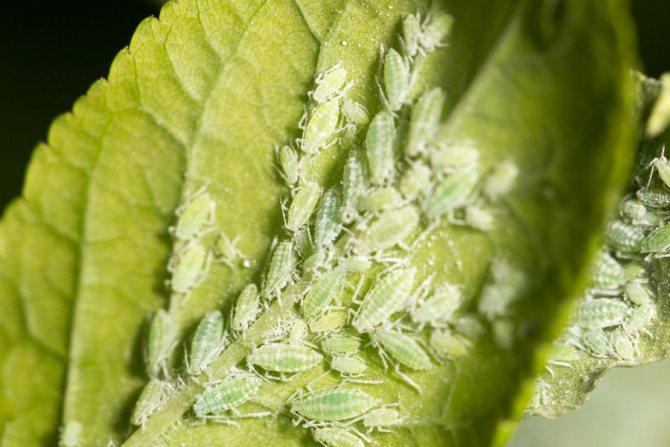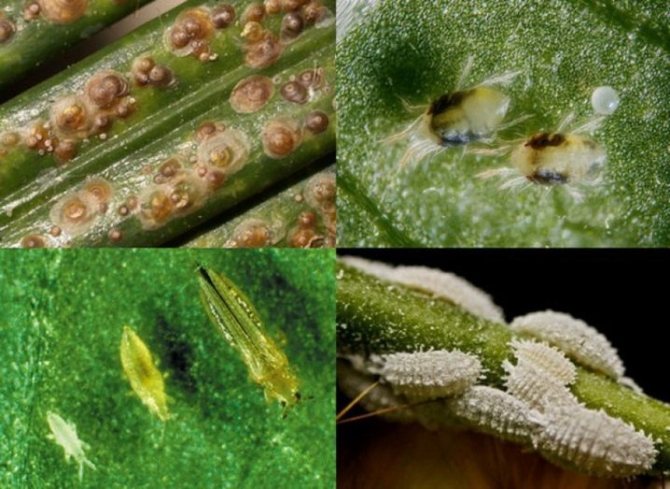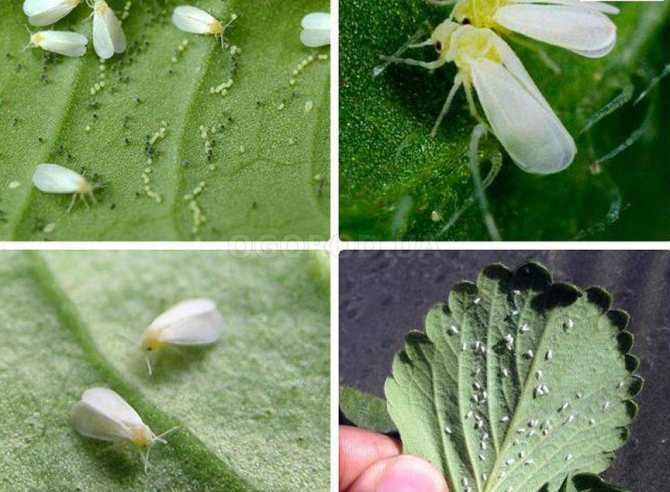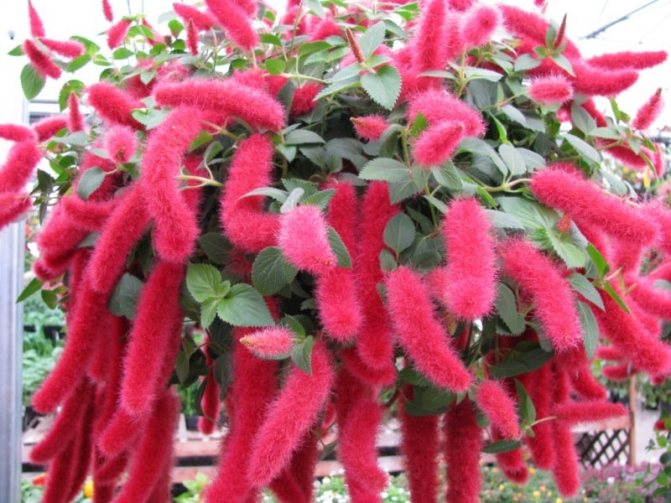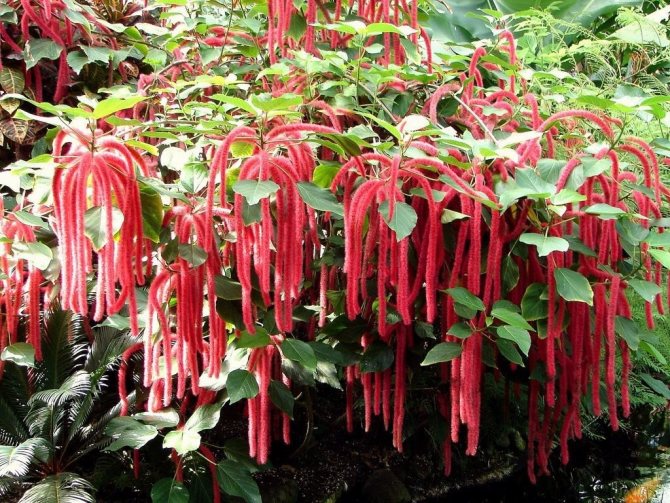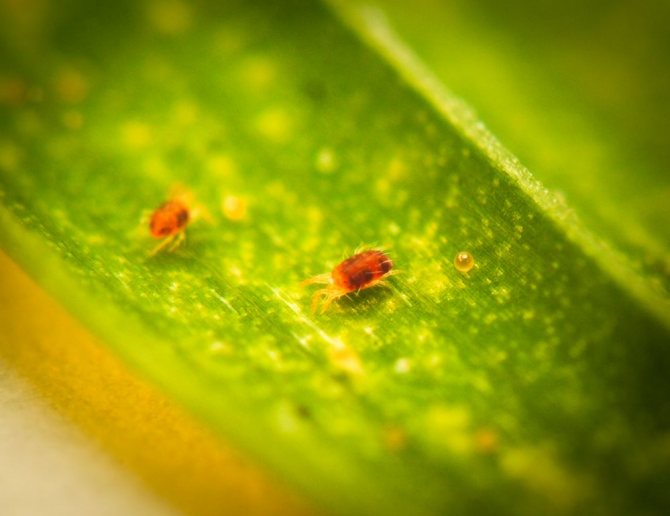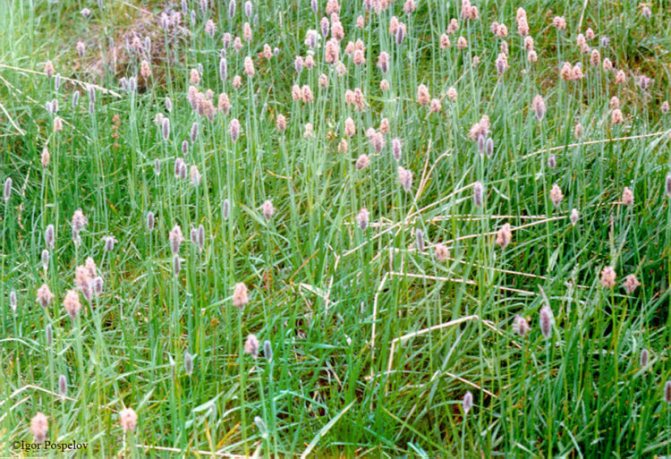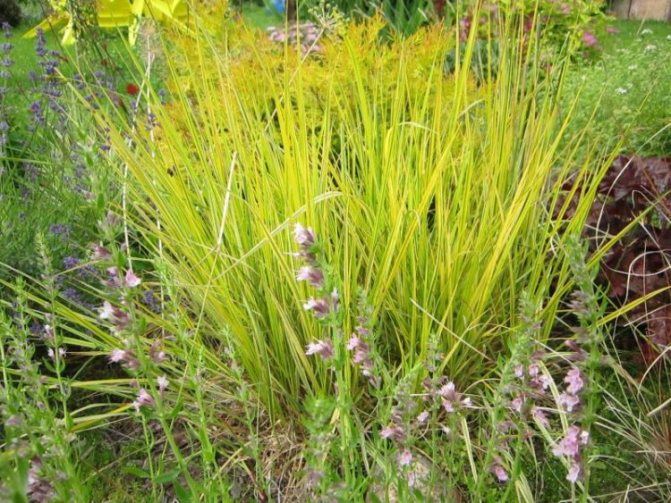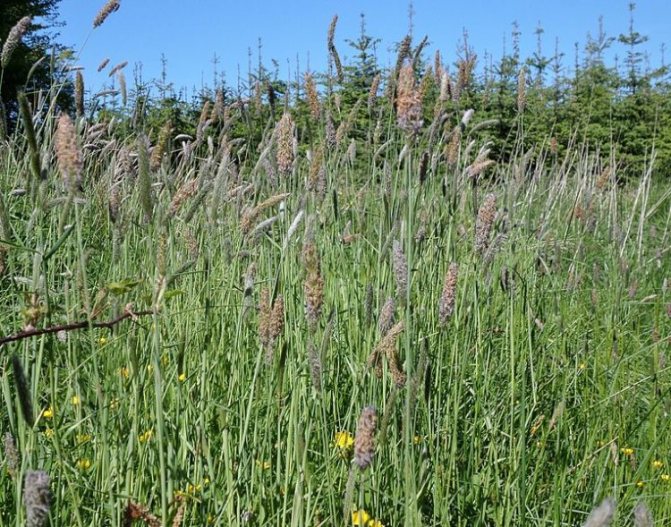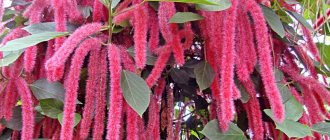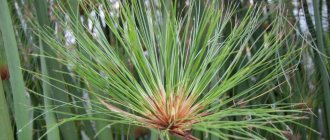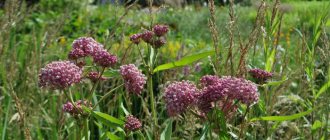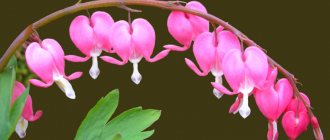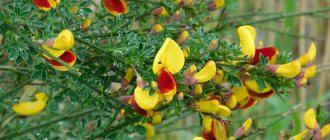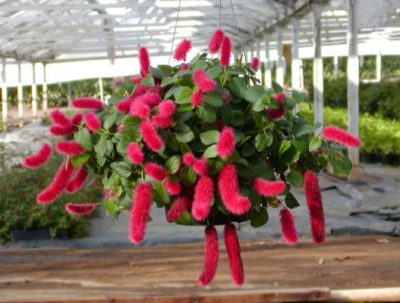
Tired of boring ficuses, violets and dracaena? Looking for a flamboyant pet? Then Akalifa is what you need! The Akalifa plant from the Euphorbia family.
In the wild, it grows in the tropics of the forests of the Pacific Islands and Southeast Asia.
From the ancient Greek akalif means "nettle". Indeed, the leaves of the foxtail look like burning grass.
In nature, Akalifa is a lush bush, covered with inflorescences during flowering, similar to a fox's tail. Hence another name - Lisokhvost.
Proper care for akalifa at home
Born in southern countries, Akalifa is very fond of well-lit and warm places. With a lack of light, the leaves of the plant lose their decorative appearance, and it ceases to bloom. In some variegated species, the coloring contrasting pigment on the leaves is lost if the akalifa is placed in the shade or the room is not warm enough.
During active vegetation and flowering, foxtail should be watered regularly and often. The plant needs high humidity, so experienced flower growers can see how a flower pot is placed in a container of a larger diameter, into which moistened expanded clay is poured. Akalif should be constantly sprayed.
Most species of akalifa grow very quickly, therefore, in order to give it a beautiful shape, it is necessary to pinch the growing shoots. Plants are pruned at the end of winter. To prepare the plant for the growing season, all branches are completely cut off, leaving small hemp sticking out of the soil. You need to replant the plant every year.
Video - Akalifa is an original shade-loving perennial plant.
Most popular types
Akalifa is bristly hairy. Plants of this species were among the first to be grown at home. A bush with bright green leaves and large fluffy flowers of scarlet or crimson color. The breeding hybrid stands out for its snow-white flowers. Akalif Wilkes. The decorativeness of the bush is given by unusual leaves with long and wide plates of a bronze hue, covered with spots of copper or pink-red color. They grow on shoots of a copper-red shade, covered with villi. Inflorescences are small, up to 8-10 cm.
Akalifa propagation by cuttings
For breeding "fox tail" can be used. Both seeds and cuttings method. If seeds are sown, then you need to prepare a loose, light soil. A mixture of leafy earth and sand works best. Seeds are sown in March-April, slightly deepening into the moistened soil, and covered with foil or glass. After germination and the appearance of the first 2-3 leaves, "fox tails" dive or transplant into separate pots.
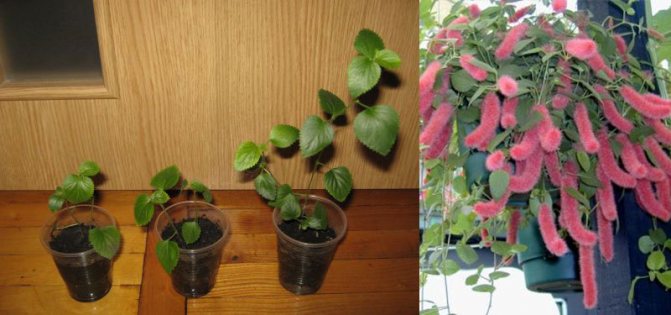

Akalifa propagation by cuttings
For propagation by cuttings, akalifs take apical shoots. They root best in sand or in a mixed peat and sand substrate. The cutting is deepened into moistened soil and covered with polyethylene. Every day, the future plant needs to be sprayed and ventilated. A sign of rooting will be the appearance of new leaves and buds on the stem.
Fox tail care
To provide Akalife with normal conditions for growth, a florist will take a lot of time and effort. But as a result, he will receive a beautiful ornamental plant. Akalifa attracts attention whether it blooms or not.Bright leaves give the plant no less elegance than fluffy "tails".
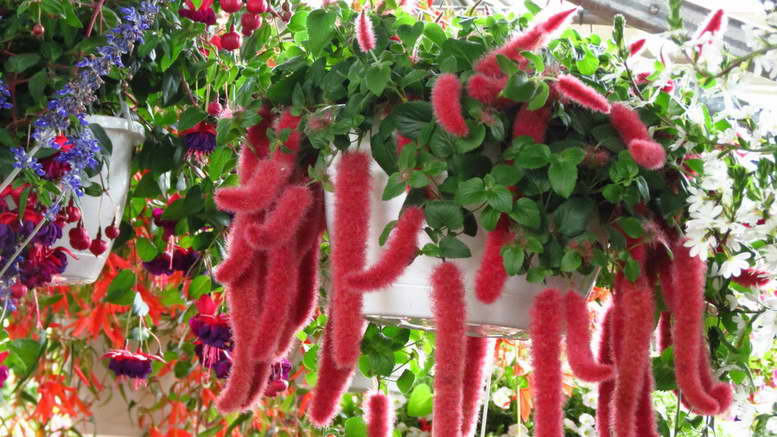

Lighting and temperature
The flower loves bright diffused light. Direct sunlight is harmful to him. Therefore, in the brightest time of the day, it must be darkened. But with excessive darkening, the leaves turn pale, the bush is strongly stretched, losing all its decorative effect. It is best to grow akalifa on the east and west windowsill.
Despite the fact that the plant is native to the tropics, it does not tolerate extreme heat very well. The best conditions for him are temperatures of 17-25 degrees in summer, and at least 15 in winter. It is necessary to avoid large temperature differences at night and during the day.
The flower loves warmth, but in winter it is better not to leave it next to batteries or other heating devices. He does not like drafts and currents of cold air, so a place next to the air conditioner does not suit him either.
In the summer, the flowerpot can be taken out to the balcony, but you will have to provide it with protection from direct sunlight and wind.
Watering and maintaining moisture
Watering the plant needs regular and abundant watering. Use only warm, soft, settled water. In the summer, when the flower is actively growing, watering is carried out as the top layer of the soil dries up. In winter, watering is reduced, but the substrate should not be allowed to dry out. Water 1-2 times a week. The soil should dry out between waterings. If water has seeped into the pan, then it must be drained. Waterlogging of the root system can provoke its decay.
When growing akalifa, special attention should be paid to the humidity of the air around it. Spraying should become a daily routine. In the morning and in the evening, you need to spray the plant with soft, settled water. This is especially important if the air in the room is dry.
Thanks to regular spraying, the plant will feel good and will not lose its decorative effect. To ensure constant humidity, you can place the flower pot in a tray with damp expanded clay, but do this so that the bottom does not touch the water. The soil around the flower can be mulched with moist sphagnum.
Periodically, you need to wash off the dust from the leaves, arranging a shower flower. But after water procedures, drops should not remain on the leaves for a long time.
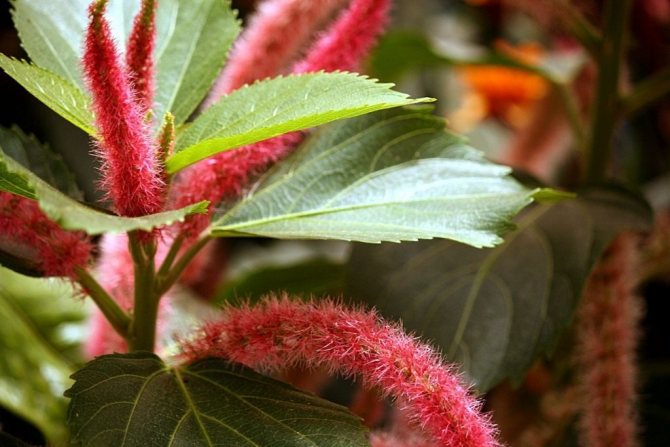

Soil and dressing
To grow akalifa, you need a light soil that allows air and water to pass through well. It can be prepared from the same volume of sod and leafy soil, peat, humus and sand. If it is impossible to prepare the soil yourself, you can use a ready-made mixture for ornamental plants or a universal soil. Before planting the plant, you will need to add a little coconut fiber, charcoal and pine bark to it. To protect the roots of akalifa from decay, you need good drainage.
For feeding, complex fertilizers are used for decorative deciduous plants. Top dressing is carried out at least once a month in spring and summer.
Bush formation
To give the bush a beautiful shape, pruning or pinching of the stems is carried out. Akalifa tolerates this procedure well. In young plants, it should be carried out annually, removing the bud from the upper shoot.
When pruning an adult plant, cut off all the shoots. You need to cut it so that a stump remains no more than 25-30 cm high. In order for the plant to adapt faster after the procedure, it must be sprayed. To speed up the process of emergence of new shoots, cover the pot with plastic.
The plant grows actively from early spring to mid-autumn. The older it becomes, the more abundant the flowering and the longer the length of the inflorescences. Each flower can last for at least 14 days. Faded "tails" must be removed. This allows the plant to retain more energy to form new flowers.
Reproduction and transplantation
You can grow a new Akalifa from seeds or vegetatively. Seeds for seedlings are sown at the end of March.The substrate is prepared in advance from a mixture of leafy earth and sand. The container should be in a warm room without drafts. To accelerate seed germination, cover it with polyethylene.
For propagation by the vegetative method, apical cuttings 8-10 cm long are used, from which all leaves must be removed. The stalk is processed with a growth stimulator and placed in a container with soil prepared from equal parts of peat and sand. From above it is covered with polyethylene. Every day you need to ventilate the seedlings. Water as the soil dries. After rooting, the seedling is transplanted into the soil, which will be used in the future. Several cuttings can be grown in one pot. After 1.5-2 months, you need to pinch the top. Thanks to this technique, the plant will bush better. When propagated by this method, the first flowers will appear in the second year.
Young plants are replanted every year. With an adult Akalifa, this procedure is carried out every 3-4 years. The best time for this is spring.
Overgrown bushes are transplanted using the transshipment method. The plant, together with an earthen lump, is rolled into a pot, the diameter of which is 2-3 cm larger than that of the previous one. At the time of transshipment, the topsoil must be completely renewed.
Variegated varieties can be propagated all year round. Bristly hairy appearance - only in spring.
Types of akalifa
Acalypha hispida (bristly haired) The most common type of "fox tail" that can be seen both in apartments and on balconies in hanging pots. With proper care, it can bloom most of the year except in the winter months. Long inflorescences in the form of "fox tails" are often bright red, but there are also varieties with white flowers.
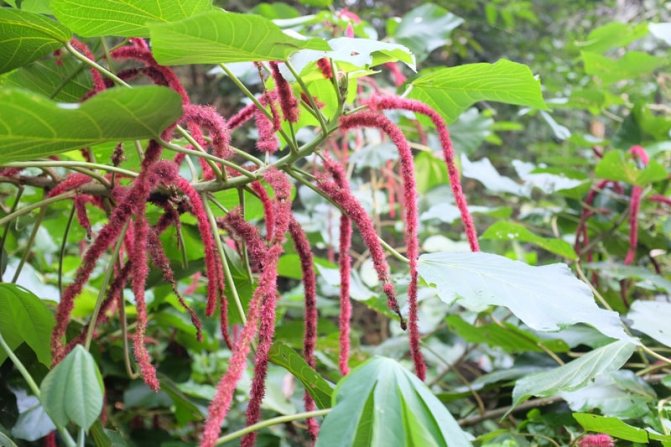

Acalypha hispida
Acalypha wilkesiana (Wilkes) Tall, evergreen shrub with straight shoots on which large leaves are located. The leaves are ovoid, the edges are serrated, depending on the variety, white or red-red spots may appear. Flowering has no decorative value, inflorescences are small, white, inconspicuous.
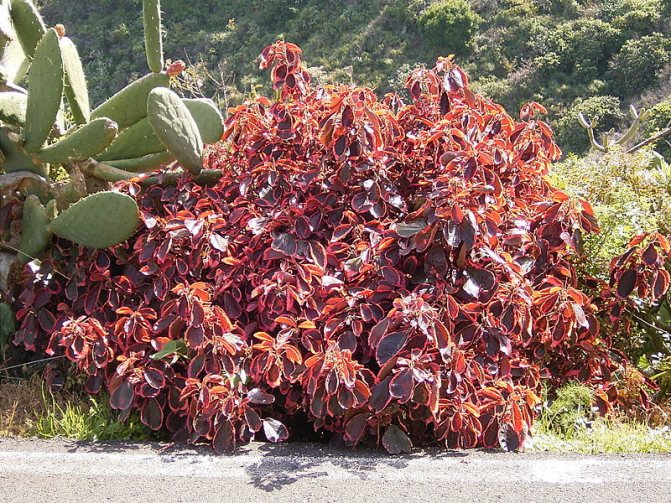

Acalypha wilkesiana
Acalypha indica (Indian) Low shrub annual. Great for growing in the garden. Leaves are medium in size, diamond-shaped with "denticles" along the edges. Abundant flowering begins in the axillary leaves, where axillary and staminate petals are formed simultaneously.
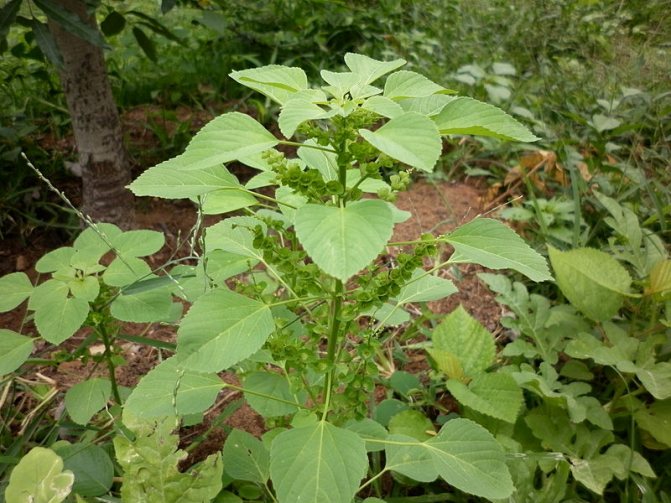

Indian Akalifa (Acalypha indica)
In the meadow ... foxes graze
Meadow foxtail (Alopecurus pratensis) - This is a meadow plant from the genus Foxtail, which is a member of the family of cereals (bluegrass). The most popular variety is the golden-motley Aureovariegatus, which you see in the photo below. A very beautiful garden plant, the swaying foliage is highly decorative. The inflorescences are modest, although attractive, brown spikelets. It was thanks to them that the Lisokhvostv family received its scientific name (Alopecurus is from the Greek words for fox and tail). Inflorescences appear in June, seeds ripen in July.
Meadow foxtail looks amazing as a border.
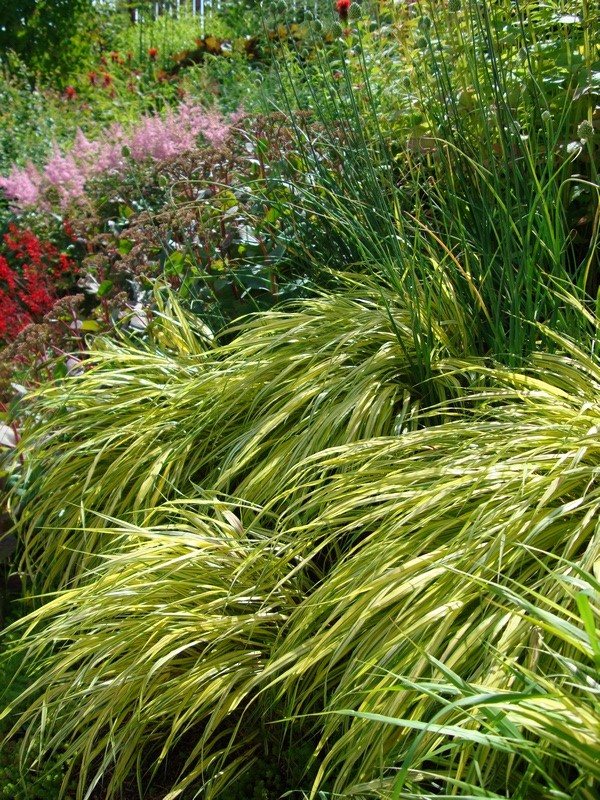

Alopecurus pratrnsis Aureovariegatus


Meadow foxtail of this variety is a short grass, up to 30 cm, plant diameter up to 50 cm, looks great in borders, for lawns, in mixborders, near bushes and trees. Ideal for Naturgarden, Prairie, English Gardens, Heather Gardens. The inflorescences are used for bouquets. In one place it grows well up to 10 years.
Diseases and pests
Improper care can be the cause of plant disease. Most often, a lack of light, irregular watering and low humidity affect the appearance of the leaves, which can darken, lose their appearance, and become pale. If the leaves are withering and curling, the substrate may be old and depleted and should be replaced.
Dry brownish spots can often be seen on the tips of the leaves. This is a sign of dry indoor air and irregular watering. In the same way, the plant reacts to drafts and lower temperatures.
Aphids, whiteflies and spider mites are especially dangerous for akalifa. When insects appear, it is necessary to treat the leaves with an insecticide, and also check the soil for the presence of larvae and eggs and, if necessary, replace it by washing the roots.
Description of foxtail
Akalifa belongs to the Euphorbia family. In the wild, it is an evergreen shrub or herbaceous perennial. Such a plant is common in the tropical forests of Oceania, Southeast Asia and Australia. The height of the bush depends on the species.
The largest varieties grow up to 2.5-3 m.
Main characteristics:
- ovoid leaves with finely jagged edges;
- color varies from green to different shades of red;
- small flowers are collected in spike-shaped inflorescences.
There are also compact varieties for growing as indoor flowers. They reach a maximum of 1.5 m in height. Such plants have ovoid leaves. The inflorescences are pink-red in color.
When growing such a plant, remember that it is poisonous.... After each contact with him, you need to wash your hands thoroughly. It is not recommended to plant it in gardens or apartments where children can play.
Other names for this flower
In different countries, the Akalifa is called differently. The second name is foxtail. There are also variations of "fox tail" or "fire cat tail".
Breeding principles
To ensure the full development of the plant, it needs to create suitable climatic conditions and equip the necessary lighting. In addition, special attention is paid to watering, which must be timely. When choosing a container for planting, one should take into account the active growth of its rhizome.
Climatic conditions
The fox tail flower growing in the room prefers warmth and does not like drafts. In the summer season, the plant is allowed to be taken out to an open balcony, veranda, terrace or placed on a personal plot.
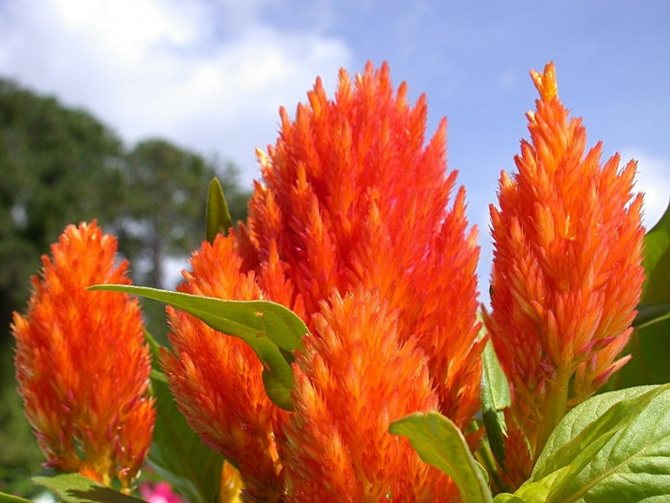

At the same time, it is necessary to create reliable protection for him from drafts and wind. The optimal temperature for akalifa in the summer is considered to be the range from +20 to +25 ° С. In winter, in the room with the plant, the temperature should not be lower than +18 ° C.
The flower needs bright lightingotherwise, its leaves stretch out and the color becomes dull. Moreover, the plant ceases to form inflorescences. It should be remembered that Akalifa does not tolerate direct sunlight, which causes burns on its leaves.
Correct and wrong name
All akalifs call fox tail, but it is correct only for one species - bristly akalif or its exact name, bristly hairy, as the owner of the longest and most luxuriant "tail". Do not confuse the popular name Akalifa, Fox tail, with a very similar name to another plant, Foxtail.
The latter belongs to perennial grasses from the genus Cereals. The height of the foxtail is no more than a meter, the leaves are simple lanceolate with a smooth edge. The inflorescence is in the form of a silky spike, the flowers in which are arranged in a spiral.
- Meadow foxtail. Height 50–120 cm. Leaves are flat and narrow, green, rough, 4–10 mm wide. Inflorescences-spikelets up to 10 cm long and 6-9 mm wide. Grows in the South Urals.
- Alpine foxtail. Low spikelets up to 30 cm in height. The leaves are brown, flat and narrow. Inflorescences are short (2 cm long and 5–7 mm wide), densely pubescent with fine sinuous hairs. Occurs in open alpine meadows and rocky slopes of Northern Europe.
- Cranked foxtail. The leaves are gray, with a waxy coating. Lilac spikelets with brown anthers. The stem is geniculate-ascending up to 40 cm in height. Inflorescences are 3-5 cm long and 4-6 cm wide.It grows on damp ravines and the banks of water bodies in Russia and Ukraine.
Photo
Below you can see a photo of varieties of meadow, alpine and cranked foxtail:
Description
The common name for these representatives of the Euphorbiaceae family comes from the Greek name for nettle and is caused by the similarity of the shape of their leaves with nettles. Indeed, the leaves of the "fox's tails" are often pointed-oval, serrated along the edges, and in some species they are also covered with bristles, like those of the common nettle.
Nevertheless, Akalifs are guests of our windowsills from distant exotic countries. Most often there, at home, in tropical Asia, in Malaysia, Polynesia and Australia, these are fast-growing shrubs, mainly evergreen, perennial, decorated with large bright red, shaggy, hanging inflorescences-spikelets. There is another group of akalif with less catchy flowers, but very decorative bronze, copper, red-spotted foliage.
Breeding specifics
Growing akalifa from seeds and the grafting method are considered the most effective option. Much less often, breeding is carried out by means of air layers. The seeds of this plant can be freely purchased at any specialized outlet. The last days of March and early April are considered the ideal time for planting seeds. Seed operations are performed as follows:
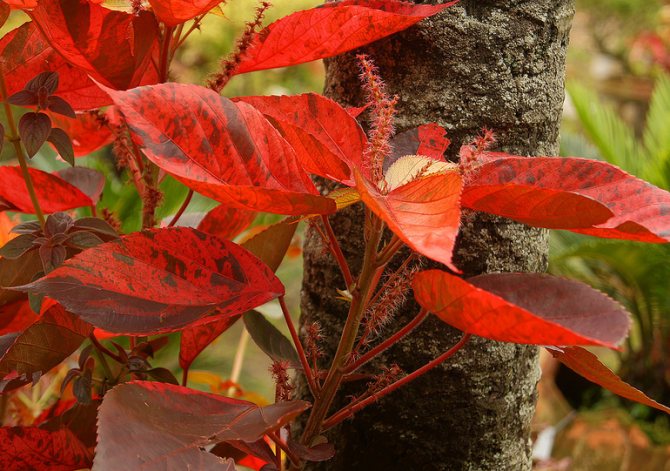

- A mixture of river sand and leafy earth is spread on flat pallets in a 1: 1 ratio, the substrate is qualitatively moistened and leveled.
- The seeds are spread over the surface and then sprayed with a spray bottle. They should not be buried in the ground.
- Using a plastic bag, they create a kind of greenhouse. As necessary, the soil is moistened, and the plantings are periodically ventilated. Such breeding requires diffused light and an air temperature of +20 to +23 ° C, with the equipment of lower heating, the appearance of shoots will occur much faster.
- After the first leaves appear at the Akalifa, it is transplanted into a mixture of sand and sod and leafy soil in a ratio (1: 2: 2). After a year, the plant is transplanted into a regular substrate.
It is allowed to engage in rooting of akalifa cuttings at any time of the year. If the plant is grown to produce beautiful flowers, it is best to do so in early March.
Breeding with air layers is a rather rare method, such an event is recommended to be carried out in the spring.
Fluffy inflorescences form in akalifa all year round, if the flowers have stopped appearing or their color has changed (became dull), this means that the care of the plant is carried out incorrectly. In this case, it is required to check for drafts, apply mineral fertilizers to the soil and control irrigation. The lack of inflorescences may be due to a lack of light or the appearance of pests. In order to combat such insects, it is necessary to use chemical agents, for example, Actellik is well suited. In addition, it is ideal for dealing with red ticks.
Secrets of Eremurus agricultural technology: care rules
Eremurus is considered a problem plant - it requires constant attention from the gardener. Don't be fooled if they tell you that it doesn't take a lot of effort to grow an Eremurus. Efforts will be required and not small.
The main secret of agricultural technology is the creation of special conditions for the Eremurus in the garden: high ridge in a sunny position, with fertile soil - the key to success and the crown of Eremurus agricultural technology.
Everything else is a matter of technology - the eremurus must be watered abundantly during the dry period, all the time of flowering and preparation for flowering. And during the dormant period, the plant must be left alone. At the end of the season, it is recommended to prune dry stalks without touching the leaves.
If Eremurus pleases the eye, then it is better not to feed it with anything, limiting ourselves to spring feeding with complex fertilizers with an emphasis on potassium.
Weeding and loosening soils are necessary, but these agricultural practices should be performed so as not to damage the fragile root system of eremurus - they are very sensitive to root damage.
Pest control may be required if eremurus attacks aphids or thrips. In this case, it is necessary to process the plants by any available means. Slugs can be caught using beer traps - slugs gather for an alcoholic party, and drunken pests can be collected by hand and destroyed (donated to neighbors).
Disease protection consists in the regular treatment of eremurus with copper-containing, antifungal, preparations for fungal diseases, for example, rust. Regular treatments of eremurus with biofungicides such as Fitosporin-M and others are useful.
Eremurus yellow leaves with green veins or vice versa are a sign of chlorosis. In this case, you should feed the flowers with complex fertilizers.
To get their eremurus seeds, the inflorescences are cut with a knife in mid-August and put on ripening in a cool, dry place. When the seed pods are dry (at the end of October), the seeds are poured onto a sheet of paper or cloth, peeled and winnowed.
In order for Eremurus to endure the winter well, it is necessary, first of all, to grow winter-hardy varieties, and secondly, it is necessary to insulate the flowerbed with Eremurus with a thick layer of peat or rotted compost. With the arrival of heat, the shelter must be removed.

